Most people are confused about deciding which perfume type they should choose. There are different types of perfumes other than designer ones available in the market and indeed, not all of them are worth purchasing. You should be aware of all the types and choose the best for your health, budget and personality.
Some people love designer perfumes but fail to manage the budget for their purchase and decide to purchase replicas or similar or inspired perfumes. However, they are very much interested in similar or inspired perfumes but fail to develop their trust and think of them as a complete duplicate.
So, we will be clearing some of the myths and trying to specify if of those perfumes are a good the alternative to designer perfumes.
A Big Question to be Answered …Similar & Inspired Perfumes, why ?
How to distinguish genuine designer perfumes from knockoffs, replica, copy similar or inspired by perfume is a frequently asked question. As is common knowledge, a lot of counterfeit designer fragrance is available on the market. Of fact, the low price alone makes it obvious that a perfume is a knockoff or generic scent. There are many perfume products in the market that are an identical copy of the original perfumes.
These days, a new level of fake designers’ perfumes have entered the market. We can call it a “Masterful forgery” of designers’ fragrances. These fragrances nearly meet the requirements for the title “Original perfume.” The bottle, packaging, and trade name are practically identical. Regardless of what is inside the bottle and how good it smells, if a product falls within this description and is not produced by the designer or the company who owns the original perfume rights, then this is forgery. Let us be very clear about this issue.
Before discussing the topic of fragrances other than those created by well-known perfume houses, let’s first agree on a few definitions and guiding principles to make the discussion on this subject understandable and to change the reader’s perception of many misconceptions that he has formed based on his frequent exposure to discussions about perfume products in various categories that the owners claim to be the best.
Perfumes are produced from different materials mixed between what is a natural scent, known as essential oils, and chemically manufactured scents, known as scent oils, fragrance or compound oils, and we will not elaborate on them. Alcohol is also used in the perfume industry, either ethyl alcohol or methyl alcohol. Distilled and non-distilled water is also used in the perfume industry. There are some other materials that some claim to be fixatives, and they may also be natural, chemical, or a mixture of the two.
Things To Know
Before delving further into these categories, it is important to establish a few facts that may be obscure to many.
First: There is no law or custom that protects odors as a scent. It is not possible to “patent” a particular scent. A company or a designer cannot claim that someone has imitated his own scent, as a scent. Hence the idea of similar and similar perfumes.
Second: There are enormous businesses that employ cutting-edge technology and substantial investments to evaluate and create various essential oils. There isn’t a single natural fragrance that doesn’t have a synthetic chemical equivalent. Any perfume, regardless of its constituents, has a synthetic chemical equivalent. Some of these businesses pride themselves on having high-quality output, while others don’t. Additionally, some businesses have strict quality control and adhere to international standards throughout the entire manufacturing process. Without the enormous advancement in chemistry and the creation of spectral analyzers, none of this would have been possible. The human element still plays a crucial role in distinguishing good products from inferior ones.
Third: Whether it is perfumes, personal hygiene products like soap, etc., or scented general hygiene products, the danger always lies in the use of chemicals that are not compliant with international standards in terms of composition as well as in terms of concentrations allowed for use in all products. Because these products contain these artificial fragrances in some capacity.
Fourth: Contrary to popular belief, any naturally occurring aromatic substance’s fragrance need not last for a very long time. The natural chemical makeup of each product dictates how long it retains its aroma. The natural aromatic material may not necessarily last longer because it is more expensive. As an experiment, If you massage your hand with orange, mint, onions and garlic separately, you’ll notice that the smell of onions and garlic lingers longer on your hand than that of orange and mint. Contrarily, chemicals frequently outlast natural materials in terms of strength and sillage time.
During the manufacture of chemicals, it is possible to regulate the size of the molecules that govern how long it takes for a substance to evaporate and, consequently, how strong the smell will be. This disproves the common belief among perfume wearers that the longer a scent lasts, the more likely it is that natural ingredients were used or that the perfume is of higher quality. Every scent has a chemical makeup that affects its characteristics, including how long it lasts and how strong it is.
Fifth: Not just perfumes and cleaning supplies, but also nearly every product, contains chemicals in general and fragrances in particular – the topic of the article. Like synthetic colors, you may assume that this substance is used in the production of food, beverages, and apparel. The aroma that greets you inside new automobiles showroom and catches your attention is mostly a synthetic chemical aroma that closely resembles the aroma of leather, despite the fact that the leather may be natural. To create a pleasant atmosphere, some bakeries that produce cakes and other baked goods may use compound perfumes that are sprayed throughout the facility. On the global market, there are several thousand of synthetic scents. For your knowledge, many synthetically made scents may contain natural components.
Sixth: Most perfumes contain chemicals in one form or another. You must view the perfume carton from the back to confirm this. Some countries and international regulatory agencies have mandated that companies that make perfume compile a list of the ingredients used in each scent. Knowing that no one reveals the secret of his own perfume formula, but in order to fulfill this requirement, corporations tuck a list—typically written in tiny print—behind the exterior perfume box. A quick look at most of the ingredients will tell you that most of the materials used are synthetic.
Additionally, you’ll discover that some businesses’ websites include ingredient and aromatic note lists. Aromatic notes refer to the type of perfume you will smell rather than natural components. In order to determine the materials utilized, you must look at the ingredients. For instance, due to the expensive cost of pure, authentic, naturally occurring rose and jasmine flower oils, synthetic essential oils can be purchased at any time, for a reduced cost, and with the same aroma. The four compounds benzyl acetate, indole, CIS jasmine, and methyljasmonate can be used to create jasmine. Each producer also offers a unique product. so forth.
Seventh: Natural perfumes not only have a pleasant scent but also have therapeutic benefits. However, it cannot be claimed that synthetic aromatic compounds offer therapeutic benefits.
Eighth: One of the most crucial components in terms of health in perfumes is alcohol. It is crucial and required to utilize ethyl alcohol produced in accordance with international standards. Keeping in mind that methyl alcohol has major health risks and should not be used in perfume goods.
Ninth: The bigger proportion of the perfume’s entire cost is accounted for by the pricey bottle, packaging, marketing, and advertising. 50 to 80 percent of the expenditure may be made up of marketing and advertising expenses. This is relevant to numerous products we come across every day.
We now return to the many kinds of perfumes that are available on the market and can be bought after we looked at some of the facts you should know.
1.0 Types of perfumes in the market
We can limit the types of perfumes in the global market to three categories as follows:
– Perfumes that are constantly produced by perfume, fashion or designer houses and are known in the market as designer perfumes or original perfumes.
– Fake perfumes.
– Similar or inspired perfumes.
1.1 Perfumes are constantly produced by perfumers, fashion houses or designers and are known in the market as designer perfumes or original perfumes.
Perfumes manufactured entirely of natural ingredients are without a doubt the greatest in terms of health, advantages, and safety. But is that even feasible? The following information makes it evident that it is challenging to create various scents using solely natural ingredients, but they are available in very little numbers and at an extremely expensive cost. Data include:
– The limitations of natural oils in terms of the diversity required in the modern perfume industry. There are natural materials that we cannot obtain a natural smell for them. There are many examples of this, such as the smell of leather, cucumbers, tomatoes and lilacs. Some businesses assert that they can replicate the scent of these materials by creating natural oils from a collection of other natural oils. But it is limited.
– The outrageous cost of many natural oils, where one gram or milliliter of some pure oils without dilution with carrier oils reaches tens of dollars and a kilo to thousands and more. Rose oil, for example, ranges from 6 to 15 thousand US dollars. The same applies to agarwood oil. As for amber oil (from the whale), its price reaches tens of thousands.
– The ban on hunting certain species from which we obtain natural oils, such as musk from musk deer.
– Difficulty dealing with some natural oils.
– The instability of the smell of natural oils and their differences according to the country of the crop, the seasons and many other things.
– The increasing demand for essential oils, as they are included in many products for marketing purposes.
Therefore, most perfumes usually contain a mixture of natural and synthetic oils, including what is known as original perfumes.
1.2 Fake perfume.
As we previously stated, no one is permitted to monopolize any aroma in accordance with international laws and conventions, just as no one is permitted to monopolize a specific food. Therefore, how can counterfeiting occur? To better appreciate how commercial fraud and counterfeiting occur, let’s take a closer look at a specific perfume. Imagine that a business or designer created a perfume using tens of different aromatic materials, gave it a name in a particular font and color scheme, designed the perfume bottle, and also created the outer cover (a carton or box) with a particular shape and color scheme. They then produced the perfume in large quantities and sold it on the market. This scent is regarded as an authentic right for the perfume designer if the previous description is fulfilled.
Now, let us assume that a company used its own efforts and chemistry expertise to create a chemical formula that is identical to that perfume. There is no question about that as of yet. It is legal and we cannot say that this company has faked the original perfume (it is like you tasted food in a restaurant and then you made your personal effort to try to re-process it at home and it was similar in taste to that dish you had in the restaurant).
What happens next will reveal whether or not this company has carried out a counterfeiting process. And if we assume that the company that came up with a formula similar to the original perfume decided to open a store, kiosk or platform to sell this similar with the same name, shape of the bottle, and outer packaging, i.e., an exact copy, then this company would have already engaged in a full-fledged counterfeiting process to deceive and defrauding its customers and taking their money unlawfully. The name, the shape of the bottle with its details, its color, and the shape and detail of the packaging are – especially the name – the property of the original perfume manufacturer. So, in this case the fragrance can be described as a fake perfume.
Additionally, some people might use the original perfume’s shape while changing a letter in the perfume’s name. This is, to a significant extent, a form of counterfeiting since it takes advantage of the original product, deceives the consumers, and uses the vague, unspecific mental images that are imprinted in the consumers’ mind to convince them that they are purchasing an authentic item. In the majority of the things, we use every day as well as in perfumes, there are several fraud and counterfeiting techniques. We won’t go into more detail.
It is common for the original perfume producers to give some test bottles to their retailers for testing purposes, but they won’t sell them. Some companies took use of the concept and market their fake tester bottles as authentic perfumes. They do this to justify the price difference compared to the perfume’s original price.
In general, the perfume producer has the right to keep the perfume composition in terms of the proportions of the materials included in its aromatic composition. The topic of percentages is fundamental in the world of perfumery. Thus, the perfume producer can mention the components of his perfume without mentioning the percentages of use in perfume formula. He has full intellectual and moral property rights pertaining the name, shape and drawing of the product, but he cannot prevent others from manufacturing essential oils similar to his perfume.
1.3 Similar & Inspired fragrances.
On the other hand, many companies, stores and platforms use similar or inspired oils in several ways, including:
- Some companies produce fragrances that are inspired by or similar to original perfumes with their own packaging and names, avoiding any imitation or suggestion to customers that they are selling them the original fragrances and instead informing them that they are selling a product that is either inspired by or similar to the original fragrance. With a statement stating this product is an alternative to or comparable to the original perfume, the name of the original fragrance may be mentioned. These businesses and platforms are numerous. Some of them employ materials that do not meet international standards, while others use good materials. Here, the consumer must select the option that best suits him.
- Some companies use similar essential oils inspired by original perfumes to produce perfumes bearing their own names, shapes and packages without referring to the name of the original product and sell them as their own original perfumes. This explains why there is similarity to the point of matching when buying certain perfumes.
- Some companies use similar and inspired oils with some modifications and additions to produce a new perfume that they consider their own.
2.0 The 4 Major Features of Good Similar or Inspired Perfumes
Here are some of the significant features of similar or inspired perfumes.
2.1 Quality Similar Scents
One crucial aspect of similar or inspired perfumes is having high-quality, distinct scents. The end product’s quality would be good to purchase if the maker of the similar or inspired perfumes obtained the raw materials, namely the similar fragrance component oil and the ethanol, from a respected worldwide supplier who followed international standards. Because of how they are produced, good similar or inspired fragrances have a scent that is quite similar to designer perfumes. Good producers employ the majority of their funds to produce these scents and improve their quality because less money is spent on branding and marketing.
It all depends entirely on the fragrance oils manufacturers, the techniques used and the experienced noses behind these fragrances.
2.2 Safe for Health
Health concerns are of major importance when talking about any type of perfumes or hygienic products. We cannot deny the fact that almost all the products that surrounding us and we use on daily basis contain chemical substances; perfumes are not an exception. There are many local and international regulations bodies that from time to time ban the use of certain chemicals as their harm is pronounced.
This does not mean at all that the unbanned chemicals are safe. What it means that those unbanned have less pronounced hazards to the human being and environment. In general, we have to admit that any chemical will cause some harm to ourselves and surroundings either on short or long terms. A quick look to our life will surely make it a clear to you.
Some perfumes generally contain phthalates that make the perfume smell last longer. Although it can benefit your fashion needs, it can be hazardous. The chemical can trigger certain diseases like nausea, neurotoxins & carcinogens.
Therefore, the greatest concern for our health is ensuring that manufacturers of perfumes and cosmetics adhere to international standards and utilize only unbanned materials in permissible ratios and percentage. Regardless of whether a perfume is original or not, the above remains true.
2.3 Not Fake
The main misconception concerning similar and inspired perfumes is that they are fake. This isn’t always the case, and not every perfume that is similar to or inspired by another scent is a negative idea. You will discover the one that is a good buy if you choose the right brand after conducting adequate study and review. We have discussed the criteria which could tell if a perfume is fake or not.
For choosing the right similar and inspired perfume, you need to check out their product specifications, raw materials and manufacturers. If the oils and ethanol used have passed quality assurance tests, you should try them.
2.4 Packaging
The packaging of the original will not be imitated by a good producer who does not try to show his similar or inspired scent as the original perfume. Because packaging contributes significantly to the cost and ultimate price, there are differences between companies in the quality of the exterior packaging, if any, and the type of bottle. But the packaging must satisfy the most basic requirements, such as having a nice container and a sprayer that doesn’t spray a lot of perfume and leave oily spots on the garments. Additionally, packaging enhances the product’s brilliance and establishes its individuality. A quality packaging is essential in case shipping is needed.
3.0 The smell of Similar & Inspired Perfumes
The quality of similar and inspired perfumes is determined by a number of factors, as we indicated previously. Quality here refers to how closely the fragrance complies with international standards for ingredients that pose minimal health hazards, not to how closely it smells like the perfume that served as inspiration.
Regarding the fragrance’s resemblance to the original perfume, manufacturers that make similar oils must put a lot of effort into examination and analyzing utilizing cutting-edge technology (a gas chromatography/mass spectrometry system).
As for the second stage, it is choosing the types of essential oils, natural and synthetics, of high quality, and determining their exact proportions. The final stage requires the human nose to make small but impactful adjustments. Therefore, similar and inspired perfume scents differ from one company to another. The greater the accuracy of the analysis, the quality of the essential oils, and the expert human intervention, the closer the similar smell to that of designer perfumes.
As for how long the similar perfume can last, a good perfume can last as long as the original perfume. The duration of the similar perfume must be compared with the duration of the original perfume only.
4.0 Similar & Inspired Perfumes Prices
Typically, the prices of similar and inspired perfumes are less expensive than the original designers’ perfumes. This is true almost all the time. However, the prices might vary for some of the featured products of certain brands. All depends mainly on the adherence to the standards discussed above. We will elaborate on this matter in another article.
5.0 Final Word
Overall, issuing absolute judgments on similar perfumes is not always fair or accurate since there are many factors involved in determining how well a fragrance replicates an original scent. Many factors should be reconsidered to arrive at a fair judgment. In one of the work sessions with one of the managers of the international oil manufacturing company, I asked about the extent of the compatibility of his oils with the original scents, and the answer was that he could reach the extent of matching.
This suggests that manufacturers should take its fragrances seriously and puts effort into creating products that are as close to the original scents as possible. This attention to detail also suggests a commitment to quality, which should be rewarded in the market. Additionally, this kind of dedication can help build customer loyalty over time, providing customers with reliable fragrances they can trust and come back for. It’s important for companies to take into account the complexity of producing faithful duplications when making decisions about their products so that customers have confidence in them and are willing to come back.


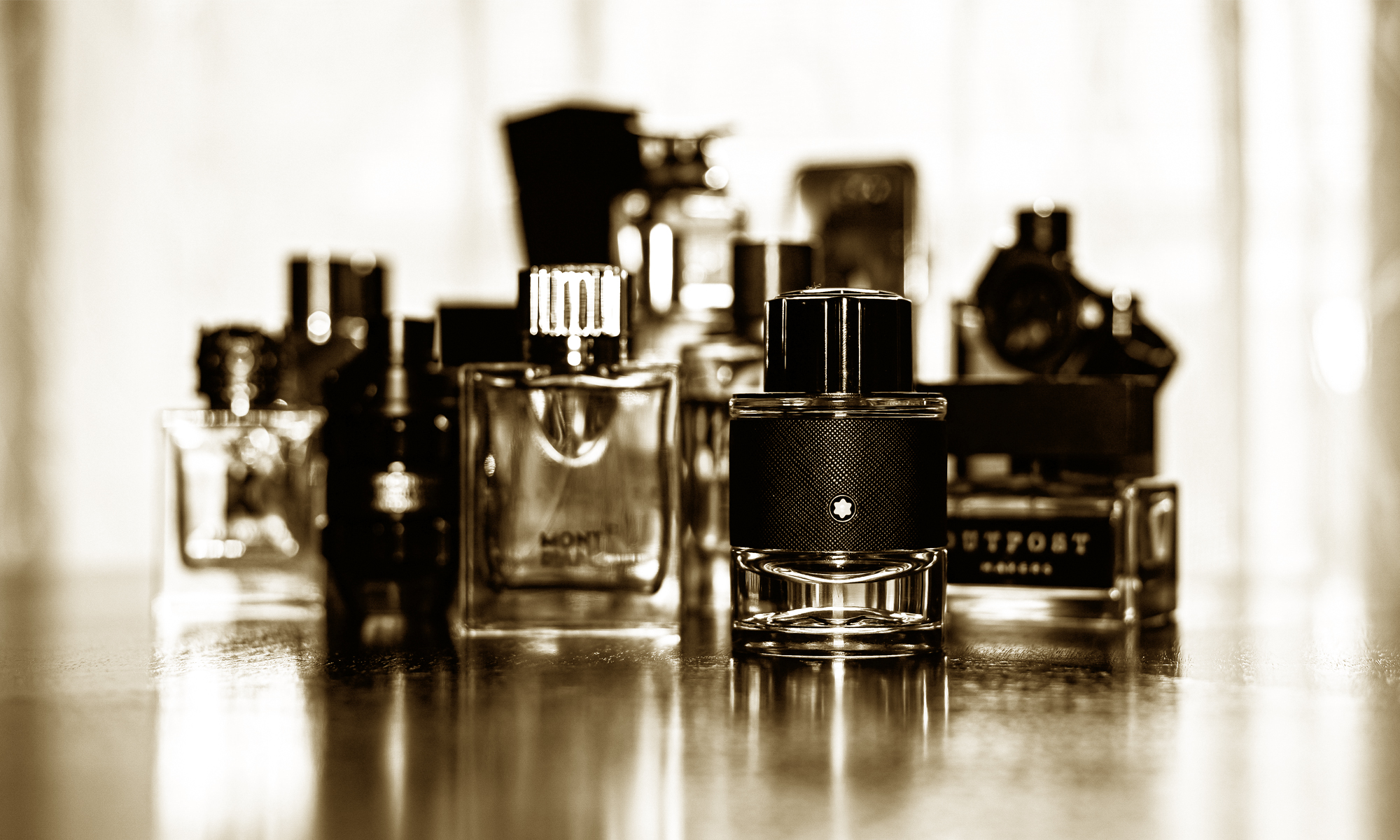
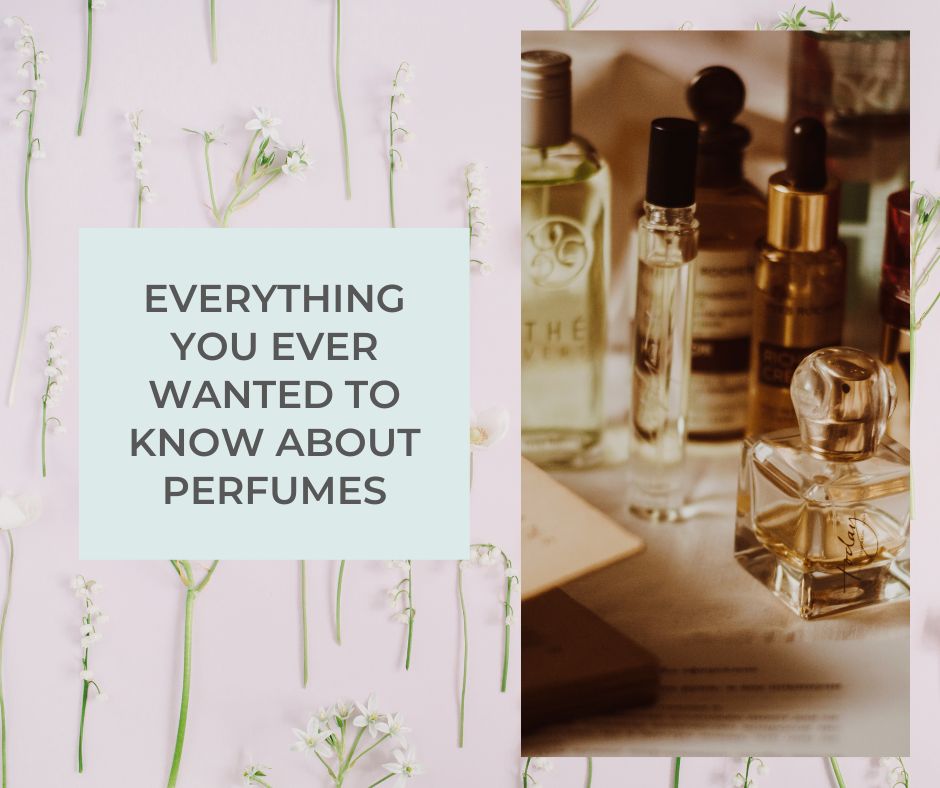
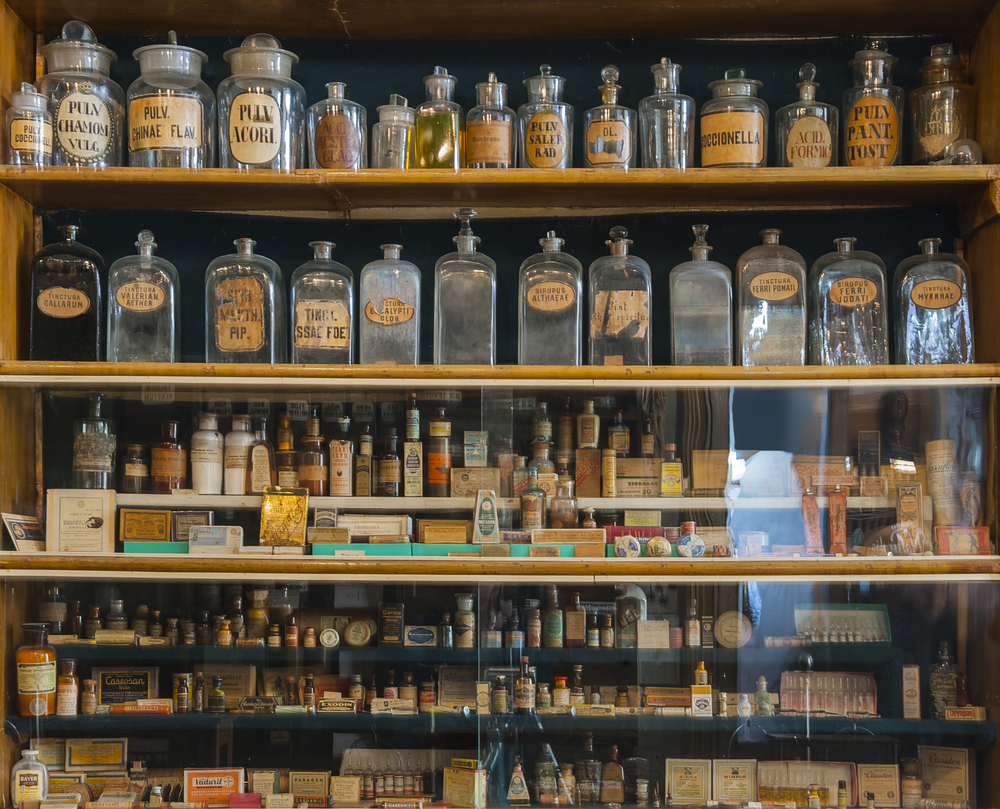
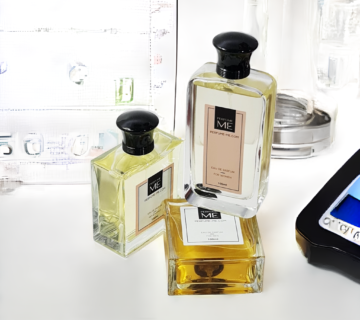
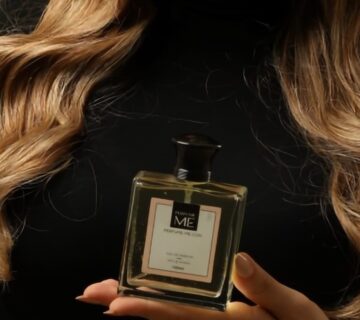

No comment